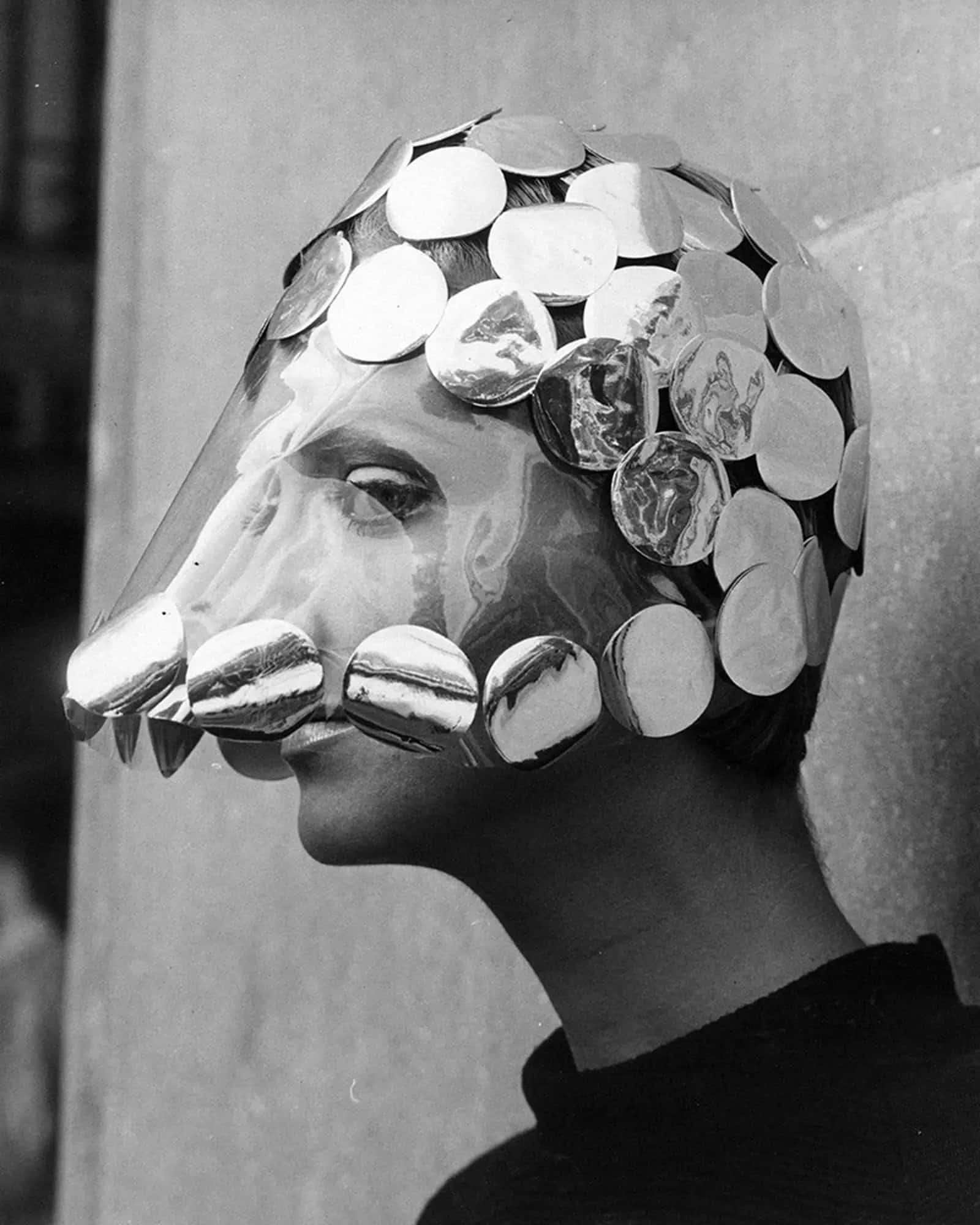Many great thinkers and scientists have made futuristic claims and theories that weren’t validated until decades later. Albert Einstein’s theory of general relativity was one of such future-forward theories; even the scientist himself thought his idea wasn’t convincing. How did his theory pave the way for understanding black holes? What else did his theory help us understand? You’re about to get the answers.
What’s this theory of general relativity?
Ten years after his theory of special relativity, physicist Albert Einstein published his theory of general relativity in 1915. What does the theory imply regarding space exploration?
Courtesy: UCLA Newsroom
Einstein’s theory explained how gravity affects the fabric of space-time. While his former theory didn’t acknowledge the existence of gravity, the general relativity theory implied that massive objects cause a distortion in space-time.
General relativity and black holes, what’s the relationship?
In his theory of general relativity, Einstein highlighted the possibility of a space phenomenon. Since it was just in theory, he believed the phenomena didn’t exist in real life.
Courtesy: BBC
However, some years after his death, this phenomenon became what we now know as black holes. In other words, Einstein’s theory mentioned black holes in theory, aiding their discovery in real life.
Was Einstein the first to theorize black holes?
While it’s true that Einstein’s general relativity theory played a major role in the theory of black holes early on, Einstein wasn’t the first person to theorize the enigma of black holes.
Courtesy: Phys.org
John Michel, an English clergyman in the late 18th century, made speculation about black holes. Extrapolating from Newton’s gravity theory, he speculated that nature makes them by having a very dense object, not just a massive one. Well, he speculated sensibly.
Gravitational lensing
One of Einstein’s theories regarding the universe was that light bends around a massive object, like a black hole, acting as a lens for the things behind it. The Einstein Cross validates this claim to date.
Courtesy: Wikipedia
The Einstein Cross, which is a quasar in the Pegasus constellation, is an example of gravitational lensing. The appearance of the Einstein Cross shows that Einstein’s thoughts about gravitational lensing stand true.
Black holes: Born from an extreme theory
As radical as Einstein’s general relativity theory seemed when he first published it, its validity stuns the world to date. In 1967, 12 years after Einstein’s death, American physicist John A. Wheeler coined the term ‘black hole’ to describe phenomena Einstein theorized.
Courtesy: Earth.com
Today, we understand that black holes are formed when a massive star runs out of fuel and collapses. This tells us that time can be quenched like a blown-out flame, and space can be crumpled into a tiny dot.





